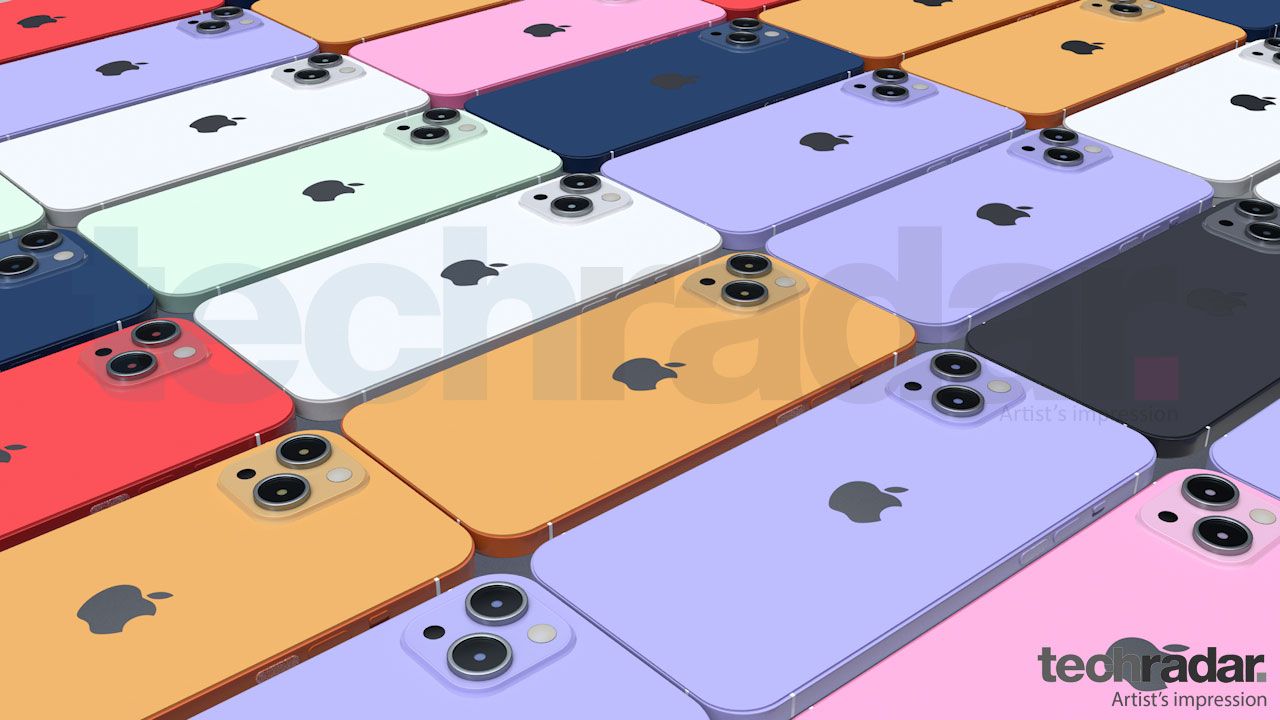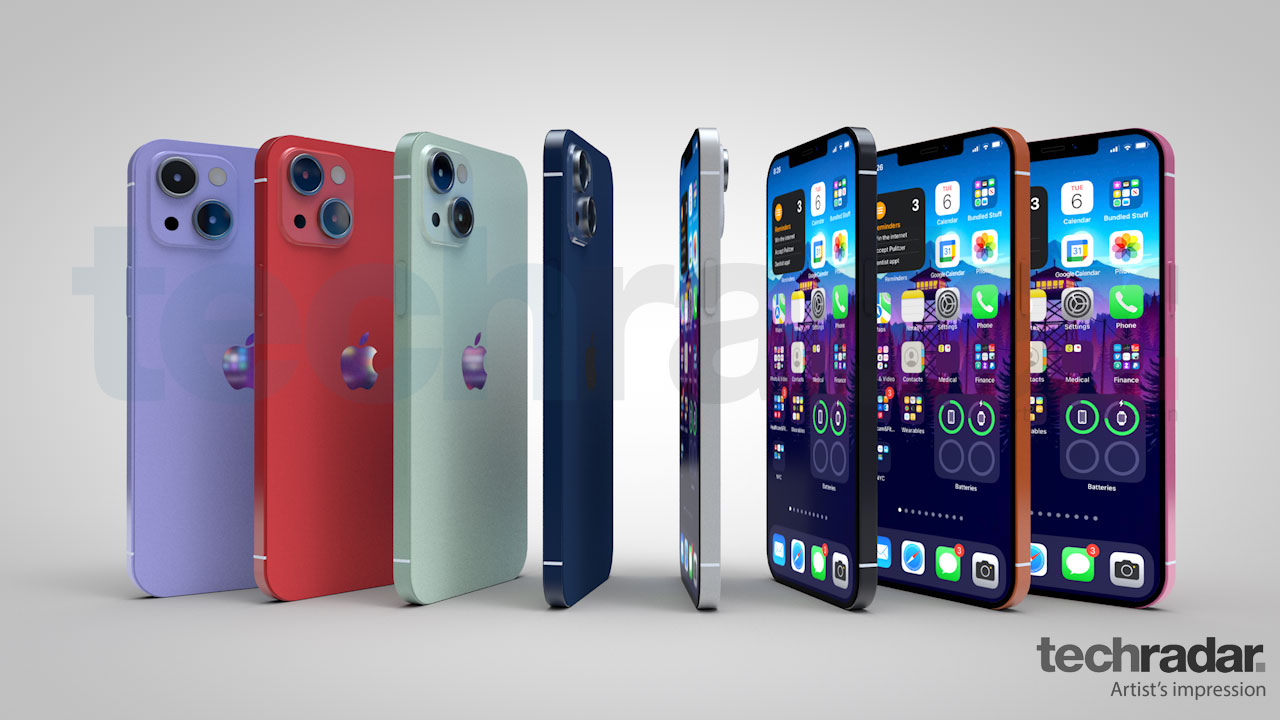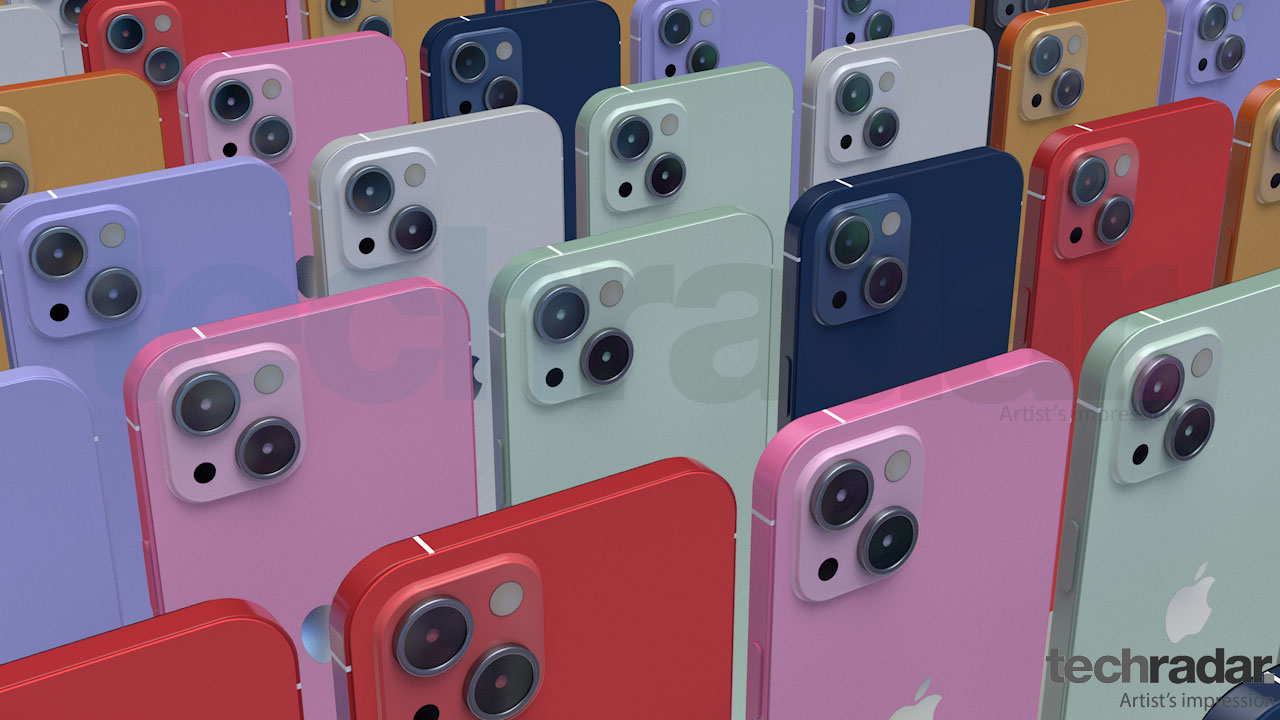iPhone 13 satellite features explained: what will it be able to do?
No signal, no problem?

Most aspects of the iPhone 13 range leaked a long time ago, but one potentially big feature only broke cover recently – very close to the planned September 14 launch of the range.
We’re talking about the iPhone 13’s rumored satellite features, something that could be game-changing, inconsequential, or something in between, depending on if or how they play out.
Below, we’ll look at exactly what these satellite features might be, and which versions of the rumor – if any – are likely to happen.
Mobile signal everywhere
As widespread as 4G is, and as fast as 5G networks are growing, there are still loads of areas that don’t have any signal on some or even any carriers, and that’s something that the iPhone 13’s satellite features could solve.
According to the initial report on the matter, the iPhone 13 range will have a customized Qualcomm X60 baseband modem chip, which would allows calls and texts to be transmitted via a satellite network, rather than over 5G, 4G or 3G.
This claim came from Ming-Chi Kuo, an analyst with an excellent track record for Apple information, and they added that Apple is likely to leverage Globalstar’s satellite network to power this.
This could be an enormous upgrade, meaning that wherever you are you’d be able to stay in touch with people – and it could be especially useful in emergencies, or for countries that don’t have great cellular coverage.
Get daily insight, inspiration and deals in your inbox
Sign up for breaking news, reviews, opinion, top tech deals, and more.
That said, this initial report was light on details – there was no information on whether many apps would be able to tap into this or not, or on how widely it would be offered.
Satellite networks are also inevitably going to be slower than 5G or even 4G, so this is unlikely to be your main form of communication, even if it does launch in an unrestricted form.
Better 5G

As promising as that first leak sounded, subsequent leaks have poured a little cold water on it. Almost immediately after the story broke, numerous people suggested Kuo’s claims were inaccurate, as reported by MacRumors.
Kuo specifically mentioned Globalstar’s n53 spectrum (also known as Band 53), yet this is used for terrestrial coverage – not satellite communications.
Others have therefore suggested that while Apple may well partner with Globalstar and tap into the company’s n53 spectrum, this would instead just mean adding another radio band to 4G or 5G services.
That could improve the performance on conventional 4G and 5G networks, but wouldn’t allow for satellite communications.
Satellite communications in some places and some situations
Yet the story doesn’t end there. We’ve now heard from Mark Gurman (another great source for Apple leaks) that Kuo might have been on to something, but that the satellite communications could be more limited than it originally seemed.
Gurman claims that satellite communications are planned, but only “in areas without any cellular coverage and only in select markets.” Beyond that, these satellite communications will apparently be limited to short emergency texts and SOS distress signals, so this would purely be something to use in emergencies.
These emergency messages would apparently appear in grey in the iOS Messages app, and the system would supposedly only work outside, and could take up to a minute to establish a connection, so don’t expect it to be slick.
Still, even in this form these satellite features could be enormously useful, and potentially life-saving for anyone who’s had an accident or got lost or stranded somewhere without cellular signal.
Gurman additionally claims that while the iPhone 13 might have the hardware required for this, the feature won’t be enabled until sometime next year, so don’t expect to be able to use satellite communications at launch.

The truth and the future
At this point we can’t say with any certainty what, if any, satellite features Apple has planned for the iPhone 13 range, especially given the conflicting rumors.
That said, unrestricted satellite communications sounds very unlikely, so if we do see it then something along the lines of what Gurman predicts is probably most likely.
Indeed, given Gurman’s excellent track record we suspect he might be right – but that doesn’t rule out the use of n53 spectrum for terrestrial services too. It’s possible that both rumors are right, and Kuo may have got the two mixed up, or simply been trying to mention both of them without making the distinction clear.
Whatever the case, there could be bigger satellite features planned for future iPhones. Apple reportedly plans to launch its own satellite network at some point – something we first heard about back in 2017, then again in 2019, and have recently heard reiterated by Gurman.
This might eventually allow for full satellite connectivity, but it’s likely at least several years away, and may require Apple to overcome other hurdles beyond building the network – the required smartphone hardware could be bulky, and carriers might not be too happy. So don’t expect this to happen for a while if at all.
- Stock up on the best free iPhone apps
James is a freelance phones, tablets and wearables writer and sub-editor at TechRadar. He has a love for everything ‘smart’, from watches to lights, and can often be found arguing with AI assistants or drowning in the latest apps. James also contributes to 3G.co.uk, 4G.co.uk and 5G.co.uk and has written for T3, Digital Camera World, Clarity Media and others, with work on the web, in print and on TV.